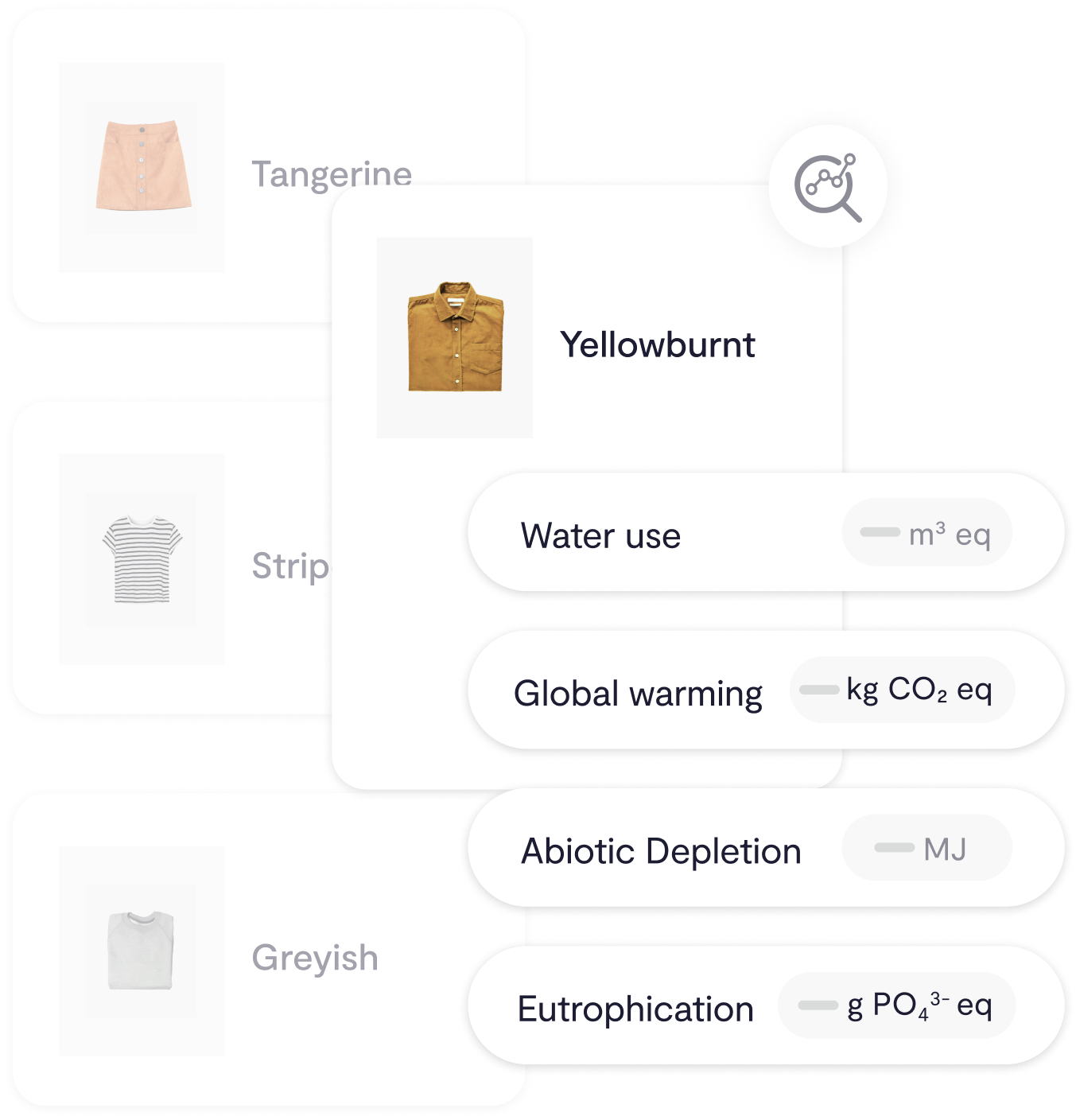With a fashion industry full of capsule collections made from “eco-friendly” materials, claims that seek to empathize with a conscious consumer and the need to adapt to an environment that requires the transformation of the textile sector, we wonder, how transparent are the big fashion firms? The non-profit organization Fashion Revolution has been answering this question for 7 years. Don’t miss everything you need to know about the Fashion Transparency Index 2022.
How transparent are big fashion brands?
This annual report assesses public information from 250 global fashion companies on environmental and social issues throughout their supply chains. It includes brands with an annual turnover of more than $400 million representing major market segments throughout Europe, North America, South America, Asia and Africa.
An analysis of the largest representatives of the textile industry that this year has had an average score of 24%, with almost a third of the brands analyzed falling below 10%. Once again, Fashion Revolution exposes the lack of transparency that the fashion industry experiences today.
While it’s true that transparency and sustainability aren’t synonymous, the lack of visibility of supply chains allows unsafe working conditions to flourish and guarantees the lack of control of environmental impact, while preventing recognition of who has the responsibility and power to correct these problems.
Under this premise, Fashion Revolution makes this report with the conviction that greater transparency favors brands to trace and better manage the environmental and social risks that are affecting their business.
The lack of visibility allows unsafe working conditions and guarantees the lack of control of environmental impact
Let’s analyze what are some of the most alarming figures in the textile environment that the index has revealed in its latest issue:
- As the new legislative measures focus on avoiding greenwashing, 45% of the main brands analyzed publish their objectives on sustainable materials, however only 37% provide information on what it means to use a sustainable material.
- Despite the fact that textiles are the largest source of microplastics in the ocean, only 24% of brands communicate how they minimize the impact derived from the shedding of microfibers.
- 94% of brands don’t declare the volume of workers in their supply chains, which prevents recognition of the labor protection guarantee for these garment workers.
- Most brands talk about social justice on their channels, yet only 8% post what they are doing to achieve racial and ethnic equality in their supply chains.
Despite these figures, Fashion Revolution highlights the evolution of the index over these seven years.
“In 2016, only 5 out of 40 major brands revealed who their suppliers were. Seven years later, 121 of 250 brands make their suppliers public”. Carry Somers, Fashion Revolution’s co-founder and Global Operations Director
However, we must keep in mind that an average score of 24% is still far below what the fashion industry should aim for. If the evaluations of 2021 and 2022 are compared, the progress has been only 1%.
Here are some of the key findings from the Fashion Transparency Index 2022:
- 85% of brands don’t report what their annual production volumes are. It’s more common to find information on the circular solutions that the industry is developing than on the volumes of waste generated.
- Only 11% of companies publish a code of responsible conduct. This shows that most brands are still opposed to disclosing how their purchasing practices might be affecting suppliers and workers.
- Less than a third of brands make public their decarbonization goals. Just 29% disclose decarbonization targets verified by the Science-Based Targets Initiative that cover their entire supply chain.
- Only 25% of brands report risk assessments related to water consumption in their supply chain. Transparency in water consumption is key to ensuring that brands are aware of their impacts on local biodiversity, workers and their communities.
- 96% don’t publish the number of workers in their supply chain who receive a living wage. Most brands are making insufficient progress in ensuring their workers are paid a living wage. Hence the activation of the Good Clothes, Fair Pay campaign presented during the last Global Fashion Summit by Fashion Revolution.
Once the most outstanding figures of the Fashion Transparency Index have been reviewed, it’s time to name these companies. What are the brands with the highest and lowest scores in 2022?
For the second year in a row, Italian brand OVS had the highest score at 78%, tied with Kmart Australia and Target Australia. It is followed by H&M, The North Face and Timberland, tied at 66%.
If we analyze the lowest positions in the ranking, it’s alarming to note that 17 of the brands analyzed haven’t exceeded 0%. While almost a third of the largest companies worldwide fall between 0-10%.
Do these results mean that the brands with the best scores are the ones that are making the greatest effort to achieve sustainability? Not necessarily. As we’ve discussed before, transparency is just a starting point for brands to start taking responsibility. Fashion Revolution stresses that this index doesn’t pretend to be a scale for measuring the sustainability of audited brands, but rather a tool to assess the public disclosure of information that can be used by consumers to hold major brands accountable.
At BCome we are committed to transparency as the main driver of change in the fashion industry. Getting relevant information from each of the stages of the value chain is a very powerful tool for transforming the way products are designed, produced, distributed and marketed.
Our work always seeks to transform your products into knowledge that allows you to implement the best solutions to protect the planet, the people involved in each process and, above all, guarantee the progress of your business. We want to walk with you on this journey towards transparency and sustainability, shall we talk?






